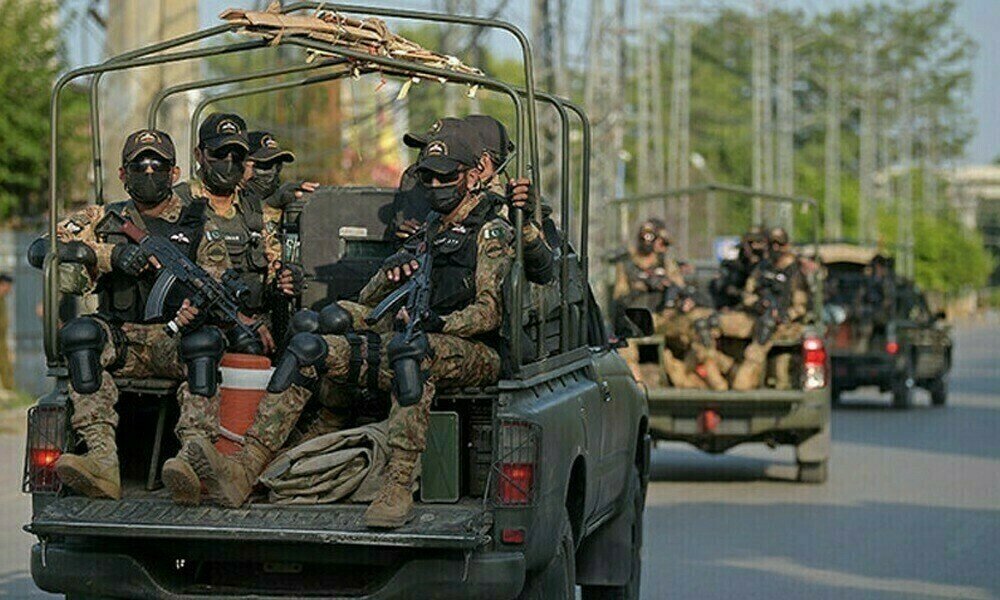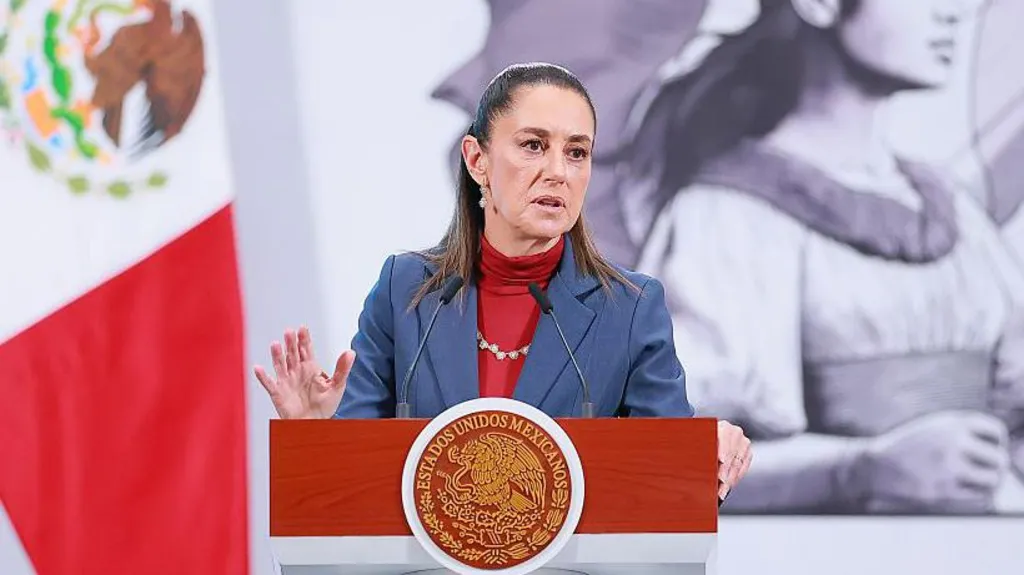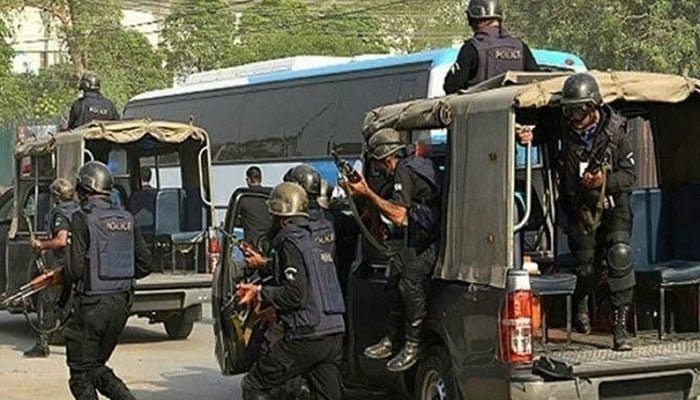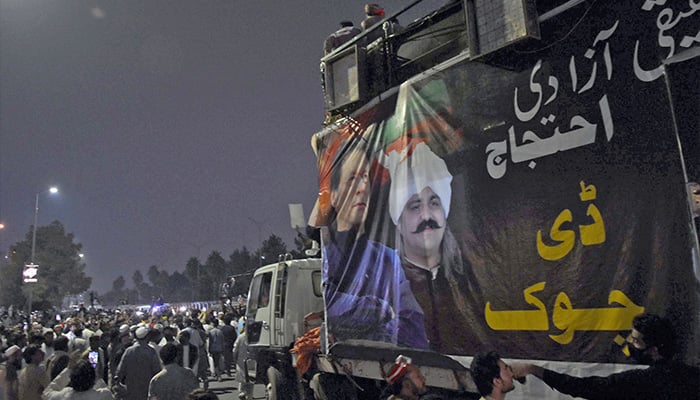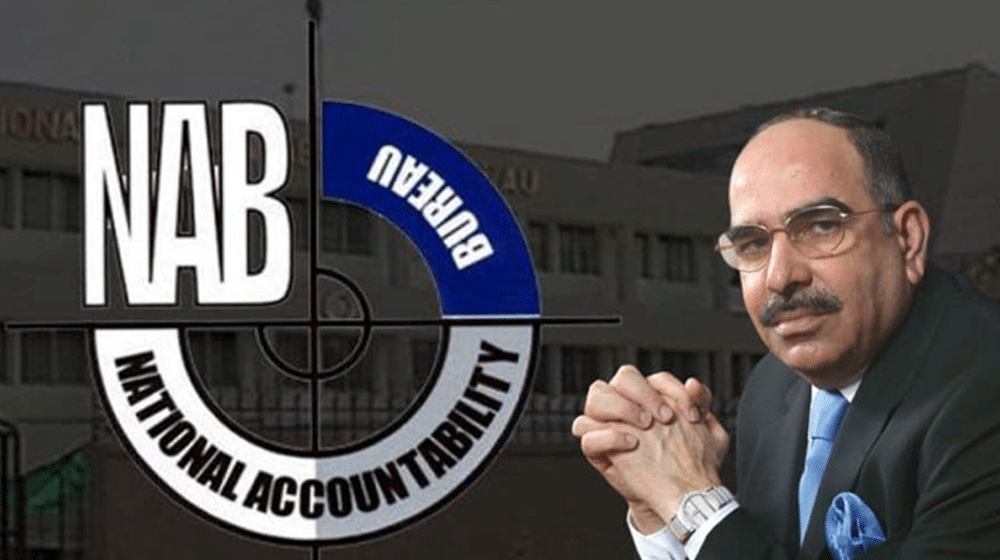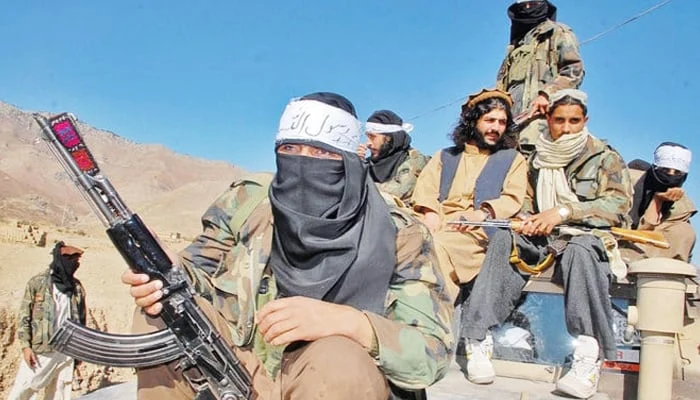On Saturday, Shahid Rind, the spokesperson for the Balochistan government, issued a stern warning to the Balochistan National Party-Mengal (BNP-M), advising them against breaching the Red Zone in Quetta during their planned protest. Rind offered the BNP-M an alternative, permitting them to march up to Shahwani Stadium on Sariab Road, but made it clear that the provincial government would take action if the protesters attempted to enter restricted areas.
The BNP-M had announced a “long march” from Wadh to Quetta, which began last Friday, to protest the recent arrests of Baloch Yakjehti Committee (BYC) leaders and activists, including Dr. Mahrang Baloch and Sammi Deen Baloch. The protests were sparked by a police crackdown on the sit-in by BYC members in Quetta. Sammi Deen Baloch was released on Tuesday, but the sit-in has continued for nine days.
On Thursday, during a protest in Mastung, BNP-M leader Sardar Akhtar Mengal outlined the party’s demands: “Release all prisoners of the BYC, including women, or allow us to hold a peaceful sit-in in Quetta, or arrest us.” These demands were part of the ongoing standoff as the party seeks justice for the arrested activists.
During a press conference in Quetta, Shahid Rind explained that the Balochistan government had attempted to engage in dialogue with the BNP-M, proposing that the protest could take place at Shawani Stadium on Sariab Road, a location outside the Red Zone. However, the BNP-M insisted on holding the demonstration within the Red Zone, which the government firmly rejected. Rind emphasized that while peaceful protests are a right, the specifics regarding the location and duration of the protest must be determined by the district administration.
Rind further warned that Section 144, a law prohibiting large gatherings in certain areas, had already been imposed, and any violations would result in legal consequences. “No permission will be given to hold the Red Zone and government functionaries hostage,” he stated, underscoring the government’s position against allowing protests in sensitive areas.
In response to the comments made by BNP-M leader Akhtar Mengal about the Balochistan government, Rind remarked that the government reserved the right to address such remarks but reiterated that Chief Minister Sarfraz Bugti had instructed that no statements should be made that could hinder ongoing political discussions.
Rind also provided an update on the ongoing negotiations between the Balochistan government and the BNP-M. He noted that two rounds of talks had already taken place, with the Balochistan Chief Minister also engaging with other political groups, including Dr. Abdul Malik Baloch, Jamiat Ulema-i-Islam-Fazl, and the Balochistan Awami Party, to build a political consensus.
He responded to Mengal’s claim that the negotiation committee lacked authority, stating that the BNP-M’s demands—specifically the release of Mahrang and BYC leadership—had been acknowledged. The government’s stance, according to Rind, was clear: if the courts grant relief, the government would not oppose it.
Despite the ongoing negotiations, the deadlock continues, with Mengal stating that the government’s delegation had requested more time for consultation after the second round of talks. This extension, however, has done little to resolve the impasse. Mengal reiterated that if their demands, including the release of all prisoners, were not met, the BNP-M would proceed with their march to Quetta.
Meanwhile, the impact of the ongoing protests has been felt across Balochistan, particularly in terms of transportation. BNP-M central leader and former senator Sanaullah Baloch reported that the government’s response to the protests has led to the closure of all national highways, severely affecting the flow of traffic and goods into Quetta. Major highways, including the Lakpass Tunnel, Mastung, and Kolpur, have been shut down, isolating Quetta from the rest of Balochistan.
For the past nine days, Quetta has been cut off from twelve other districts in the region due to the closure of key routes. The administration has dug ditches on the highways around Lakpass and other areas, further exacerbating the situation. This disruption has not only inconvenienced local residents but also hampered the transportation of goods, creating a significant strain on the region’s economy.
As the standoff between the BNP-M and the provincial government continues, the situation in Balochistan remains tense. With both sides holding firm on their positions, it is unclear how the crisis will unfold. While the government has made efforts to engage in dialogue and offer compromises, the BNP-M’s insistence on holding a protest within the Red Zone, along with their demands for the release of activists, suggests that a resolution may not be easy to come by.
The ongoing protests and the closure of key highways are also taking a toll on the local population, further fueling the frustration and anger in Balochistan. The government’s hardline stance and the opposition’s calls for justice create a volatile situation, with the potential for further unrest if a peaceful resolution cannot be found.
As negotiations continue and tensions rise, it remains to be seen whether the Balochistan government and the BNP-M can find common ground. The situation is far from resolved, and with each passing day, the possibility of further escalation looms larger. The coming weeks will likely determine the outcome of this standoff, and how it will impact not only the political landscape in Balochistan but also the broader stability of the region.






